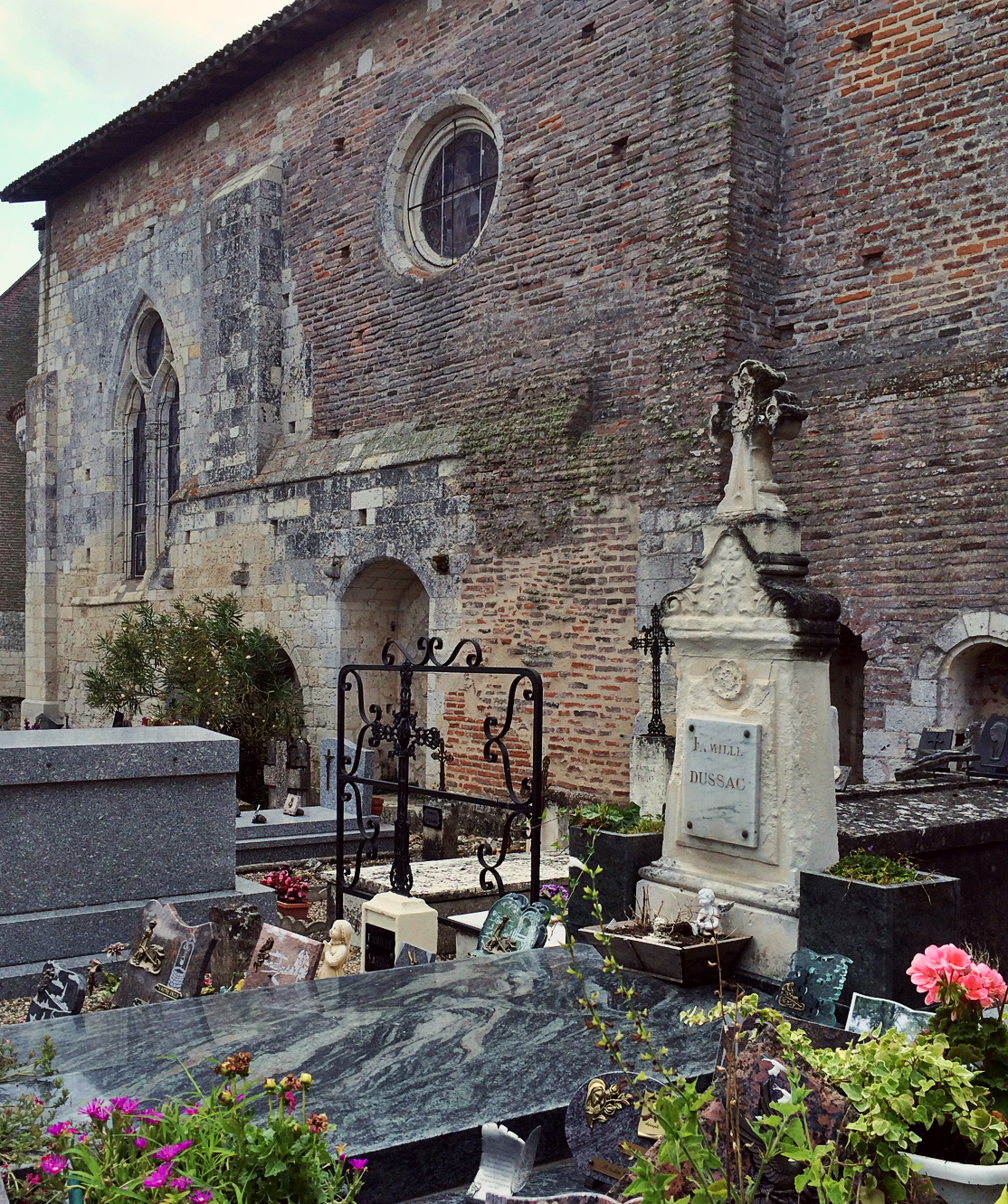
By Madeline Kaplan
“Whoever conceals their sins does not prosper, but the one who confesses and renounces them finds mercy.”
–Proverbs 28:13
***
The confessional pushes against the far wall, dark and hollow. Its two sides—one for the sinner, one for something else—are open. There are no red velvet curtains, not even a length of cotton for privacy. From here, God and all His curious children can hear your sins. Each side is a symmetrical oval, round and beckoning as a ring in a circus: step right up. It looks cozy. Forgive me, Father, I would say. For I have sinned. This, if I were Catholic, and pious, and French-speaking. And most of all if the confessional had curtains.
***
Cathedrals, beautiful though they are, rarely appear on my list of must-see tourist attractions. I have spent lots of time in church over the last few years as a not-so-proverbial Jew in a Catholic school. To me, church is an auditorium full of sweaty teenagers wrapped in itchy plaid skirts. But when in Rome, you visit the Vatican. In Auvillar, France (population: 954), this entails a stroll through L’eglise Saint-Pierre. It’s a quaint cathedral, if such a thing exists. Auvillar is a pilgrimage town, just one of the many possible stopping points for worn-out travelers. A map near the entrance displays the whole pilgrimage route, rope bridging the small gaps between towns. Auvillar is somewhere in the middle.

The church is cool and packed with stale attic air. Wooden pews spread across the room in dark stripes. In France, each congregant gets his own seat—a significant improvement over the continuous benches I’m used to. Prie-Dieu, the chairs are called. Pray-to-God. They’re not particularly comfortable, but my spine has been aching for a while, so I sit. Many pilgrims have rested in the quiet of the L’eglise Saint-Pierre. It’s a lull along the side of a steep and muddied roadway, a rest stop with fewer vending machines. There are hymnals in front of almost every seat, though now the language barrier is tripled—French, music, Catholicism. Still, the presence of familiar religious items is soothing. I prop my feet up on the kneeler. The calmness that comes over me is strange. It’s surprising, because I’ve always been somewhat uncomfortable in church. There’s the usual memory of I’m-sitting-here-while-everyone-is-confessing-their-mortal-sins-in-that-corner, plus a dash of the inevitable exclusion that comes from hanging out with people who are all going to the same youth group and heaven. But here, in Auvillar, so many miles (and even more kilometers) from home, this church is familiar. I know this place. My back will be tight when I wrench myself out of the Prie-Dieu. I don’t mind.
***
Beside the church, behind a wooden gate that is always left open, rests a graveyard. It’s small—maybe a hundred graves or so—and overlooks lush countryside and poplar orchards. While American Manifest Destiny extends to the ideal of the individual resting place, in France entire families are buried in a single tomb. The graves, encased in tall slabs of stone, lay in mostly straight lines. All but a few are gray; those who were richer in life enjoy black marble in death. The thick-cut wedges of rock don’t have much room. Several nearly touch. Walking through the center aisle is like passing through the teeth of an open zipper. Some of the headstones, the ones topped by stone crosses, are a little taller than me. It is strange to be eye-level with the dead.

I think of the last confession, the most dramatic of the Catholic sacraments. I imagine the final words of this collection of people, what they might have said to a priest as the end came close.
I took the Lord’s name in vain and often…
It was February of 1981 and I was lonely…
I spit in her coffee every time…
I don’t remember…
I can’t tell you.
***
A few drops of rain. I begin the process of graveyard subtraction, of tallying lifetimes. But more interesting than the names and dates are the small plaques that rest atop each grave. One plaque, on the Gardiel family tomb, is black and decorated with several daisies in the top left corner. A notre cousine, it says. To our cousin. This exact model appears at least eight times around the yard, as if selected from a section for Plaques: Dead Cousin in a French Hallmark store. Nearby a personalized plaque, black and smooth, shimmers with the etched image of a motorcycle. Didier, it reads, Rêve et Rock N Roll. Another, belonging to a recently departed card shark, is adorned with a golden hand in the top right corner—four aces in perpetuity. But gambling is a sin, I think. Or is it?
I remember the confessional box, open for all who wish to eavesdrop, and imagine what I might say. My confession proceeds, as do all complete things (trinities, the sound of Rice Krispies), in three parts:
- I’m sorry for thinking that thing about the Dead Cousins.
- I’m guilty of gossip and apostasy and spitting out the small orange tomato which I was commanded as a tourist of the south of France to enjoy.
- Thank you for letting me stop by.
The air around the graveyard brims with unshed water. This place, grim and lovely, seems to be waiting for something to happen—a thunderstorm, a good old water-splitting miracle. I walk through the gate and up the few stone steps. The outside of the church is grayish, some darkened stones floating like half-loaded pixels. The steeple rises, up and up, into heaven and birds and stratosphere. There will be no epiphany today.
Madeline Kaplan ’17 is in Morse College. Contact her at madeline.kaplan@yale.edu